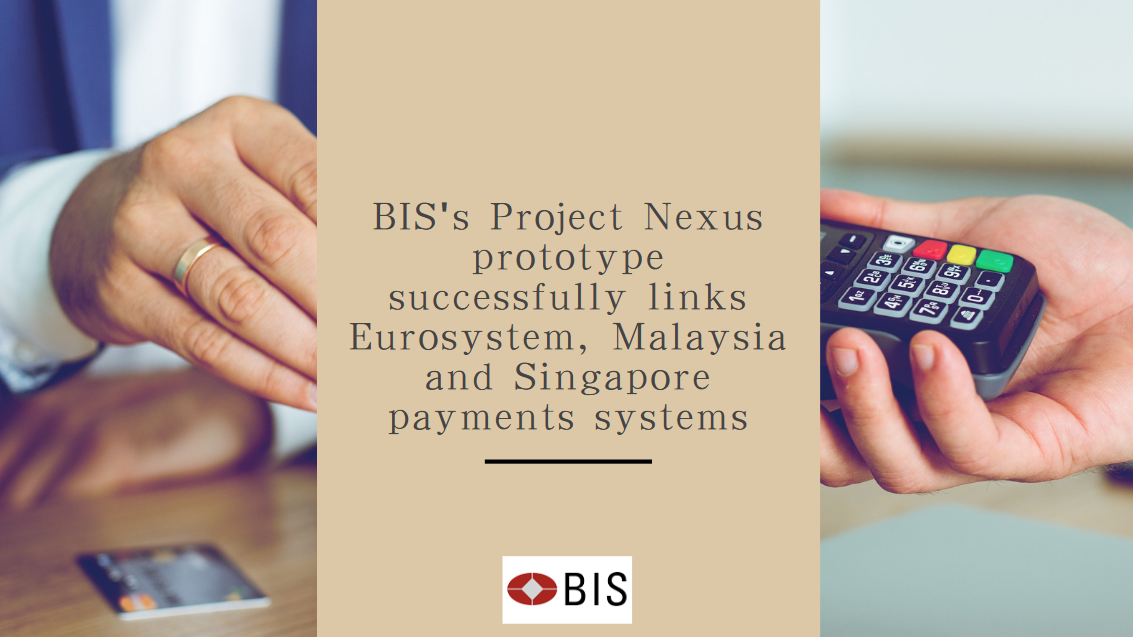BIS Project Meridian: innovating transactions with synchronisation
Download → PDF
Synchronisation is achieved by the introduction of a new entity called a synchronisation operator. This operator would interlink RTGS systems with other financial market infrastructures (FMIs) and ledgers, automatically orchestrating the exchange in ownership of funds and assets. The operator does not hold the funds or assets on its own balance sheet.
The Meridian prototype develops a synchronisation network using distributed ledger technology (DLT). The prototype demonstrates how a DLT network could connect to the conventional centralised systems used by participants in a transaction – including the RTGS operator – using open-standard application programming interfaces (APIs). The API messages exchanged between financial institutions use existing global standards for payment messages, namely ISO 20022. A relatively simple generic interface gives a synchronisation operator a high degree of control over the movement of central bank money and an asset in a transaction. This enables the synchronised settlement of funds and an asset.
The prototype highlights the scope for additional efficiencies that enable innovation beyond the direct benefits of synchronised settlement. The prototype digitises the change in asset ownership by introducing a digital deed, which is time-stamped at the point of settlement finality. This could act as a catalyst for industry participants to streamline the transaction by supporting further innovation.






















































First, please LoginComment After ~